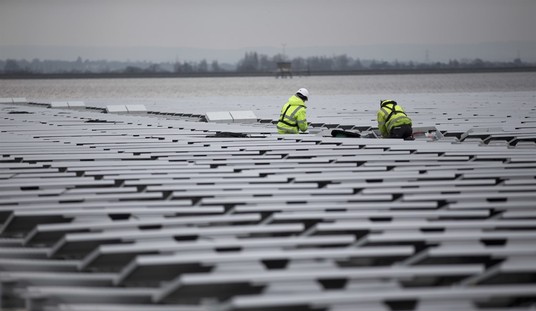
The United States and South Korea are signatories to the voluntary Missile Technology Control Regime (MTCR). This is a voluntary agreement that seeks to limit the range and payload of ballistic missiles owned by non-declared-nuclear states to 300km and 500kg. Because of North Korea’s antics, South Korea and the United States agreed in 2012 that South Korea could produced missiles with a range of 800km, this puts 100% of North Korea within range South Korean missiles. (Every time I read one of these stories about Seoul being at risk of attack, I really want to gag. The underlying assumption is that North Korea is the only armed party on the Korean peninsula.)
The South Koreans like ballistic missiles:
Ballistic missiles are attractive to ROK defense planners because it is virtually impossible for the DPRK to intercept them. Geography has determined that once launched from ROK territory, they would strike targets in the DPRK within 3-5 minutes. Since they would be launched from mobile launchers at remote locations, there would be no warning. Some strategists believe this capability gives Seoul the option of making limited precision strikes in remote rear areas of the DPRK before Pyongyang could react, which is probably true. This type of operation is very different than air strikes that can take several hours or days to prepare. ROK air power is superior to that of the DPRK, especially when U.S. Air Force assets on the peninsula and in the theater are considered. DPRK military planners know this, so ROK and U.S. officials worry about a DPRK preemptive strike during the preparation of a “corresponding target strike operation” in the wake of a small-scale DPRK military provocation. But some analysts argue that the window of opportunity for DPRK preemption would not exist with a ballistic missile option.
They are concerned, however, that the 500kg warhead limit might not ‘get ‘er done’ with some of North Korea’s hardened facilities.
Over the weekend, the story broke that Trump and South Korean President Moon were in negotiations to allow South Korea increase payloads. The US leverage comes from the fact that we supply a lot of components for the South Korean program as well as being South Korea’s major supplier of military equipment. CNN mangles the headline–this is not a treaty–but gives the gist:
US, South Korea set to revise bilateral missile treaty
South Korean President Moon Jae-in and President Donald Trump have agreed “in principle” to revise a bilateral treaty that limits the weight and range of the South’s ballistic missiles.
The move could give South Korea more independence from the United States to react to the threat from North Korea, analysts say.
The two leaders spoke in a phone call Friday.“President Moon and President Trump reaffirmed their view that it is important to apply maximum sanctions and pressure on North Korea so that it refrains from making provocations and comes out to the dialogue table to peacefully resolve its nuclear issue,” presidential spokesman Park Soo-hyun said in a written statement.
According to the statement, the two also agreed “in principle on the revision of the missile guidelines.”
Now an agreement has been struck:
South Korean President Moon Jae-in and U.S. President Donald Trump agreed to remove the limit on the payload of South Korean missiles under the allies’ missile guideline in a move to enhance South Korea’s own defense capabilities against North Korean provocations, Seoul’s presidential office Cheong Wa Dae said Tuesday.
The agreement was reached in a telephone conversation between the two leaders held late Monday.
“President Moon held a telephone conversation with U.S. President Donald Trump between 10:45 p.m. and 11:25 p.m. (Seoul time) and discussed countermeasures against North Korea’s sixth nuclear test in-depth,” Cheong Wa Dae spokesman Park Soo-hyun said in a press release.
As an “effective” countermeasure, the two agreed to remove the limit on the payload of South Korean missiles under the Korea-U.S. missile guideline, he added.
The agreement followed weeks of discussions between defense and foreign officials of the two countries to increase the weight of South Korean missile payloads as a way of beefing up deterrence against North Korean provocations.
Practically, it means that there will be a lag of 3-5 years before a large warhead is designed, manufactured, and becomes part of the ROK Army’s missile inventory. Symbolically, it is a sign that the Moon government is moving away from its accommodationist/appeasement oriented stance towards North Korea to one that is more focused on deterrence and defense.














Join the conversation as a VIP Member